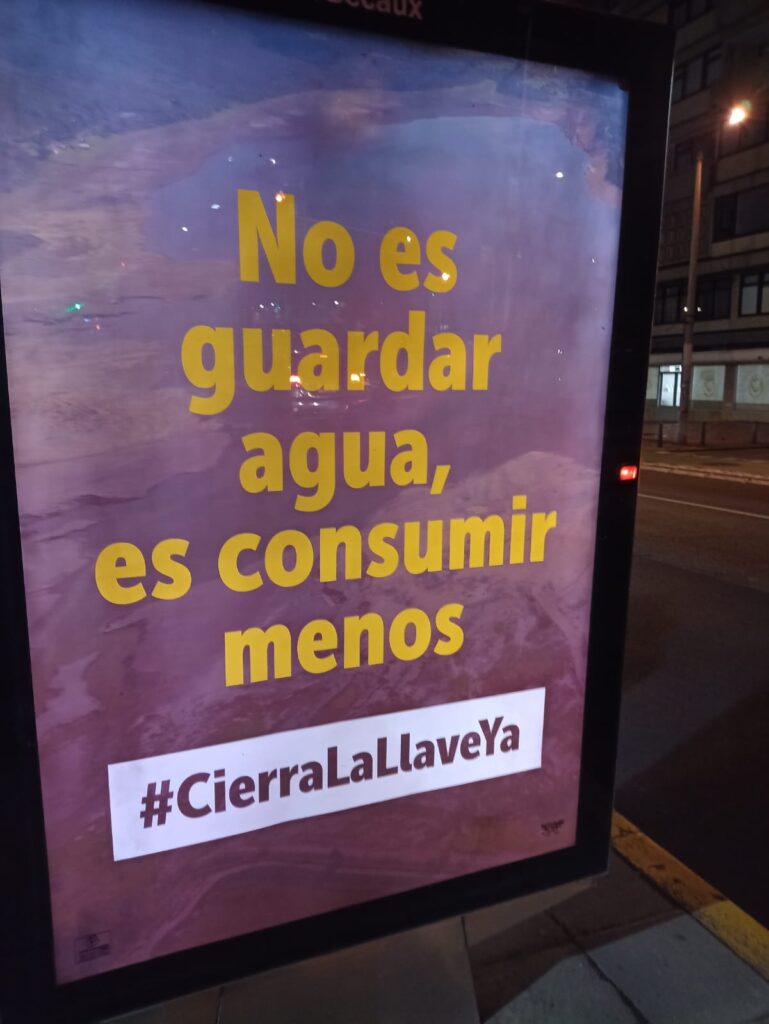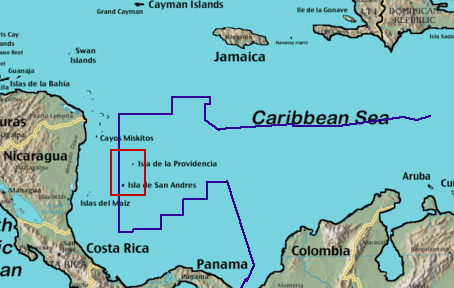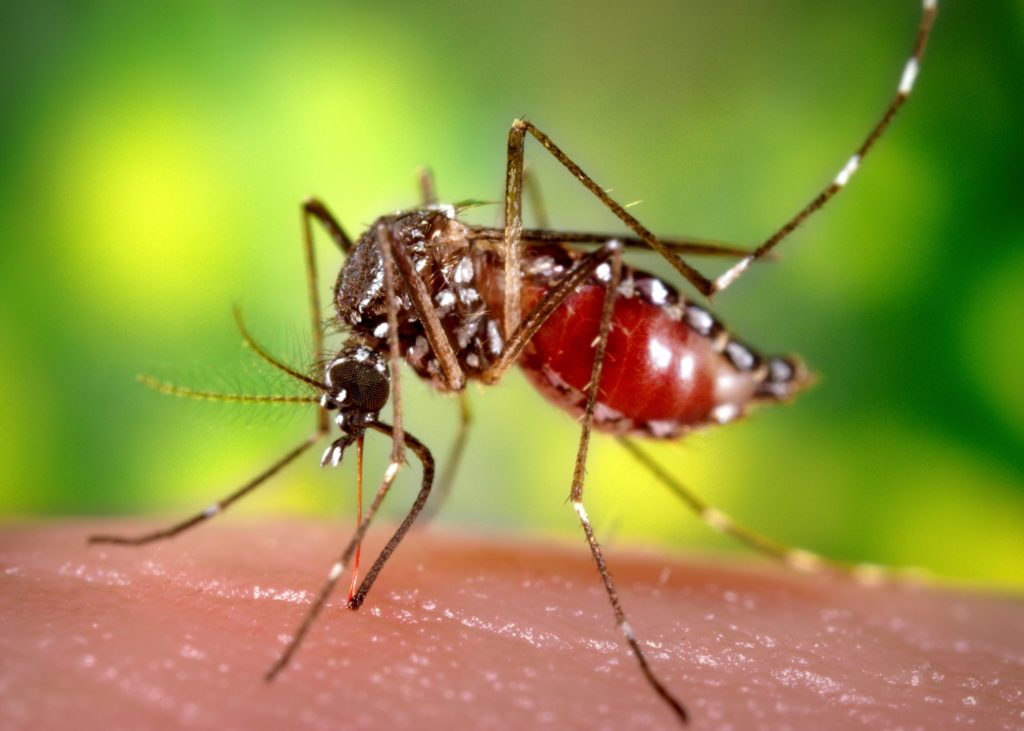The water rationing in Bogotá has been in place for a couple of months now, but what’s it like to live with?

Since April 11, there have been water cuts in Bogotá, with large swathes of the city taking it in turns to go without running water. The water rationing in Bogotá will continue for the foreseeable future until reservoir levels have returned to decent levels.
Every nine days, a zone of the city (.pdf) is cut off from the main water supply. This is a drastic measure. But, given reservoir levels reached as low as 17% in the main system at one point, it’s necessary. That said, it isn’t surprising that people are frustrated and wonder what could have been done differently.
It’s a familiar story – years of chronic underfunding and lack of investment in infrastructure combined with inept management. Then consider a culture of water wastage, and it’s not hard to see how we’ve arrived here. That it should happen in a city with such high precipitation levels remains shocking, though.
Is the water rationing in Bogotá working?
In a word, maybe. Water consumption is a little down, but not as far as down as the local government would like. Luckily, the reservoirs are filling. The Chingaza system, which provides most of the city’s water, is over a third full again now. That’s more due to the rains than the water rationing in Bogotá, though.
But don’t rush to blame new mayor Galán for this. The issue has been years in the making and there’s little more he could be doing. The measure is already pretty extreme and it’s hard to see how he could get away with more severe cuts. At the end of the day, it’s the citizens of Bogotá who are continuing to use water at a phenomenal rate.
His target was to get water use down from 17 to 15 cubic metres per second – and the response from the citizenry has largely been ‘shrug emoji’. The average, even with the water rationing in Bogotá, has been near to 16. That’s half the decrease in use Galán wanted.
It’s still easy to find people washing windows like they’re painting a Tibetan monastery or watering concrete. The water-tank brigade merrily waste water as normal, of course, and many others simply use more water the following and preceding days. Large water-use processes like washing are also done on non-cut days by everyone.
It’s hard to see what more the alcaldía can do. It’s fair to say that the messaging has been poor, but equally the people are simply flipping the local government off. Of course, Galán could attempt to bring in a hosepipe ban or fine people, but who would enforce that? Not to mention how hard it would be to get buy-in for a more draconian system when the current soft touch is unpopular enough to be ignored with impunity.
So, how can I manage without water?
You have two basic uses for water: Potable and non-potable. The first you’ll be using for drinking, washing, brushing teeth, and cooking. The second you can use for flushing toilets and the like. It will pay to have two separate sets of water put aside for the day. Larger things like watering plants and washing clothes will have to wait.
Supposedly, water is cut at 8am and reconnected 24 hours later. However, in practice, it’s slightly different. Water often stops flowing well before 8am, so if you’re planning to get your showers etc in early, make sure you do it before 7am to be on the safe side.
Reconnection on the other hand, is often late. Water starts trickling back in the mid-morning, so by about midday you should have full running water again. This means that in terms of showering, it’s actually the day after your water cut day that you need to be careful with.
Before your day for water rationing in Bogotá, it pays to safeguard a fair bit of water. It’s best to put aside more than you think you will need for 24 hours, given the timing issues discussed above. This is actually pretty good advice for the city generally – random water cuts do happen and it pays to be prepared.
You should have some three or five litre bottles lying around for this purpose, so fill all those up with potable water the day before and refill a few hours after reconnection (you may want the fresh water to flow through for a while before drinking) for the next time.
When showering, keep a bucket for off-flow water. This can then provide you with at least one extra flush on the toilets or any other use you may have for non-potable water.
This experience isn’t the same in every building though – if your building has sizeable water tanks you will be able to bypass almost all of these issues, which itself creates a bit of a problem. The system as it stands is wildly unfair.
People living in buildings with large water tanks – more likely to be in richer areas – aren’t facing the same worries as those living in more basic buildings. The richer folk also have more opportunities to bypass the problem by going on holiday and so forth. That’s why there’s little complaint in the news.





